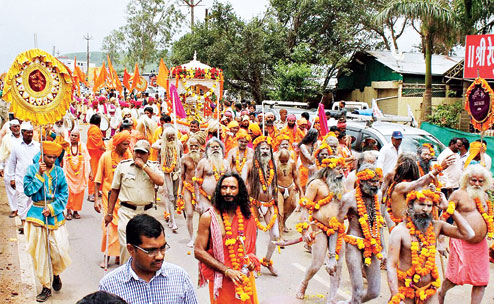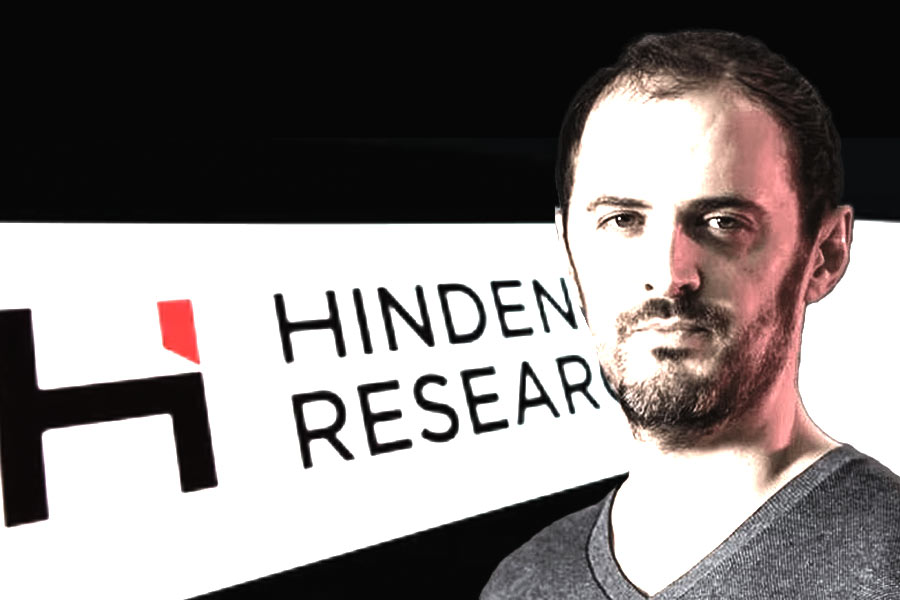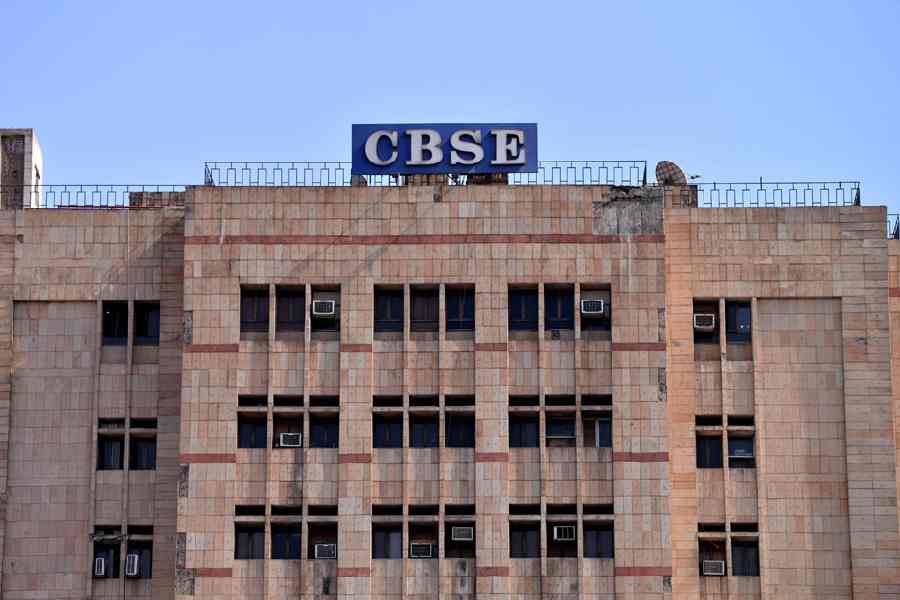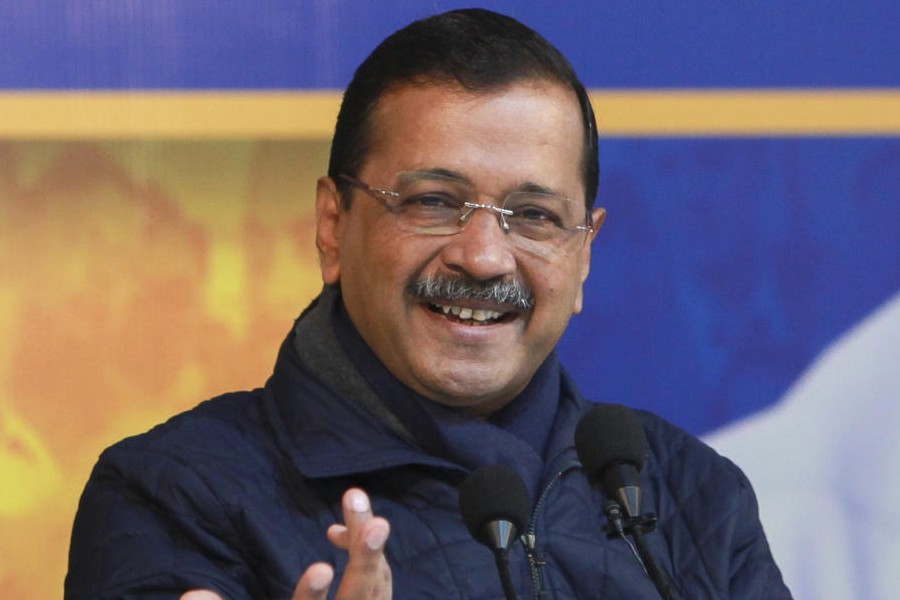

It is difficult to imagine Nashik as a large petri dish. Especially now, as 10 million people get ready to descend on the Maharashtra town for a holy dip to mark one of the most auspicious days of the ongoing Kumbh Mela there.
On August 29, hundreds of thousands of devotees are expected to take a dip in the Godavari river to mark what is known as the first Parvani or Shahi Snan. The local administration is on its toes, working overtime to ensure that there are no untoward incidents. It was at the Nashik Kumbh, exactly 12 years ago, that 39 people were killed in a stampede.
But this is a Kumbh Mela with a difference. It is not just a mega gathering of pilgrims, but a coming together of scientific experts, too. The crowds are being closely watched by a group of technology experts from Nashik and other parts of India, the Massachusetts Institute of Technology (MIT), US, and elsewhere. They have been camping in the city to put their "made for Kumbh" innovations into practice - measures aimed at making life a bit easy for everybody through the wringer of the jostling millions.
"We are keeping our fingers crossed as that is the day when we will deploy our innovations on a large scale," says Ramesh Raskar, an associate professor at MIT's Media Lab in Boston.
And there's a larger plan as well. What works with huge crowds in Nashik could be put to use elsewhere, including the 100 smart cities that the central government plans to set up in the next five years.
Raskar has been on the forefront of an MIT initiative called "Kumbhathon", which has come up with several technological solutions involving citizens, students, local entrepreneurs, technocrats, industry leaders and government. Nashik during the Kumbh, as he puts it, is like a lab, or a "large petri dish for experimentation".
Since January 2014, five Kumbhathons - brainstorming sessions dealing with space, crowds, problems and solutions - have been held, each lasting a week or more. Over 500 ideas were floated at the meets, and a handful of them shortlisted. These were chosen as ideas that could be tested during Kumbh, and perhaps put into effect in smart cities.
For many researchers, a gathering like the Kumbh is an exercise worth its weight in gold. Nowhere else do so many people land up at the same spot at the same time. Crowd management, health, accommodation, food and security are issues that the administrations have to deal with - and the magnitude of the exercise never fails to amaze academics and others. Very recently, a Harvard University group which studied the 2013 Allahabad Kumbh Mela released a book called Kumbh Mela - Mapping the Ephemeral Mega-City.
But now, to reach conclusions and test out ideas, a Kumbhathon team has been working in tandem with the administration.
"It would be great if we can estimate how many people are entering the ghats. That is something we desperately need to know to be able to control the crowds," Nashik police commissioner S. Jagannathan tells a group of Kumbhathon volunteers in his office.
Sachin Pachorkar, a soft-spoken professor of management at a Nashik college and one of the core members of the Kumbhathon team, assures Jagannathan that sensors placed in entry gates could help estimate the number of people entering each ghat.
An application that can estimate crowd density in a particular area and also assess the number of people that could converge there, based on data from mobile towers and mobile phones carried by the people, will also be tried out. This would help the local administration to ably manage the swelling crowds.
"Kumbh is a spiritual event for visitors but for us it is all about numbers. It will be big in terms of data, logistics, health, housing and other activities. If our applications and projects come up trumps, we can succeed elsewhere too. For instance, a crowd management application could be used in large gatherings such as concerts, religious gatherings and other places if it is successful in Kumbh," Pocharkar says.
The Kumbh in Nashik is not the largest gathering. The Allahabad Kumbh (2012-13) was attended by over 120 million people, versus the 40-50 million people expected in Nashik during the two months of the religious gathering, which is expected to cost the Maharashtra government around Rs 2,400 crore.
"Unlike Allahabad, we are not blessed with open spaces where a large number of people can be accommodated in one place. That means we have to manage the flow of people better so that everything goes off smoothly," says Praveen Gedam, commissioner, Nashik Municipal Corporation.

Gedam, a tech enthusiast, has been instrumental in launching a smartphone app in collaboration with Kumbhathon with information on most of the facilities in Nashik. From parking areas to route maps and auto fares, from locations of hotels and room availability to hospital beds and the locations of chemists and even toilets, the app covers everything. Most of the information can be gathered on a phone without an Internet connection.
Emergency devices, manufactured by Bangalore-based RedDot, have been put into effect as well. These small discs, not bigger than a two-rupee coin, can - through a bluetooth enabled phone - act as real-time tracking modes from a central operations room. "In case we have to direct an ambulance or a police van to a spot, we can track the place down with these discs," Gedam says.
Sandeep Karmakar, head, business development, RedDot, says that if the system succeeds, the discs will be launched as wearable devices across the country. "These could be used by ordinary citizens and work as SOS messengers in times of distress," he says.
In large crowds, the fear of a breakout of an epidemic is of concern to the administration. This is where EpiMetrics, pioneered by Pratik Shah, who is in charge of healthcare technology at MIT, can be of use. Doctors at medical camps during the Kumbh will be asked to fill a simple form on the EpiMetrics mobile app listing the age, origin and symptoms of the patients they treat. The systems can pick up epidemic patterns and also point to the origin of the disease and alert authorities.
MediTracker, another application on mobile phones, will act like the emergency 911 number, Shah adds. Anybody in a medical emergency situation can locate the nearest ambulance or hospital or a medicine shop with this.
Shelter is by far the biggest challenge during a Kumbh Mela. The local administration has come up with temporary aluminium structures on the outskirts of the city. But town planners believe that these basic structures do not ensure dignified or decent living.
"Governments are in a way throwing their hands up. They just want religious gatherings to end without incidents. The dignity of pilgrims in holy places or of migrant labourers and others is not something they bother about," says Prajakta Baste, a town planner in Nashik.
That's what struck Bangalore-based aeronautical engineer Sampath Reddy. And he came up with pop-up houses.
His pallet rack-based housing kits consist of metal rods, wood and other material and can be assembled by only a few people in a short span of time. "These buildings cost Rs 200-400 per square feet depending on the facilities," Reddy says. Reddy is already building pop-up structures for hotels and staff quarters for an event management company for the Nashik Kumbh.
How do all these ideas help smart cities? Medical help can be assured with apps and other devices, and diseases controlled more effectively. Reddy believes that pop-up housing can help in the temporary relocation of people, emergency housing and also during an influx of temporary residents to a place for work. The build-and-dismantle concept can be used during disaster relief, as transit camps during redevelopment of urban areas, migrant hostels, slum re-development and so on.
"The Nashik Kumbh has become a crucible of innovation, creativity, imagination and technology," says Uday Salunkhe, group director, Welingkar Institute of Management Development and Research, Mumbai. Welingkar will be collaborating with various governments to deploy some successful technologies in other cities and towns.
Gedam has a larger goal in mind if Nashik passes the Kumbh test. "We are eager to be declared a smart city so that we can get more funds from the central government. I think we will show what we are capable of during the Kumbh Mela," he says.
A city to be declared "smart" has to meet certain criteria such as good sanitary conditions, online grievance redress systems, transparency of municipal corporations and a capacity to generate resources internally. Nashik is one of 10 cities from Maharashtra vying for the spot - with some help from Kumbh, of course.
Devotees believe that that the gods and demons churned an ocean of milk to gather amrit - the nectar of immortality. A battle ensued between them. And as Lord Vishnu flew away with an urn (kumbh) of amrit, a few drops spilled to the earth. And those are the places where the Kumbh Mela is held.
"I think we have done enough churning. Now it is time for the results," says Sandip Shinde, CEO, Kumbhathon. "We hope Nashik will be known as the city of innovations rather than just as the city of onions and wine after this," he says.











